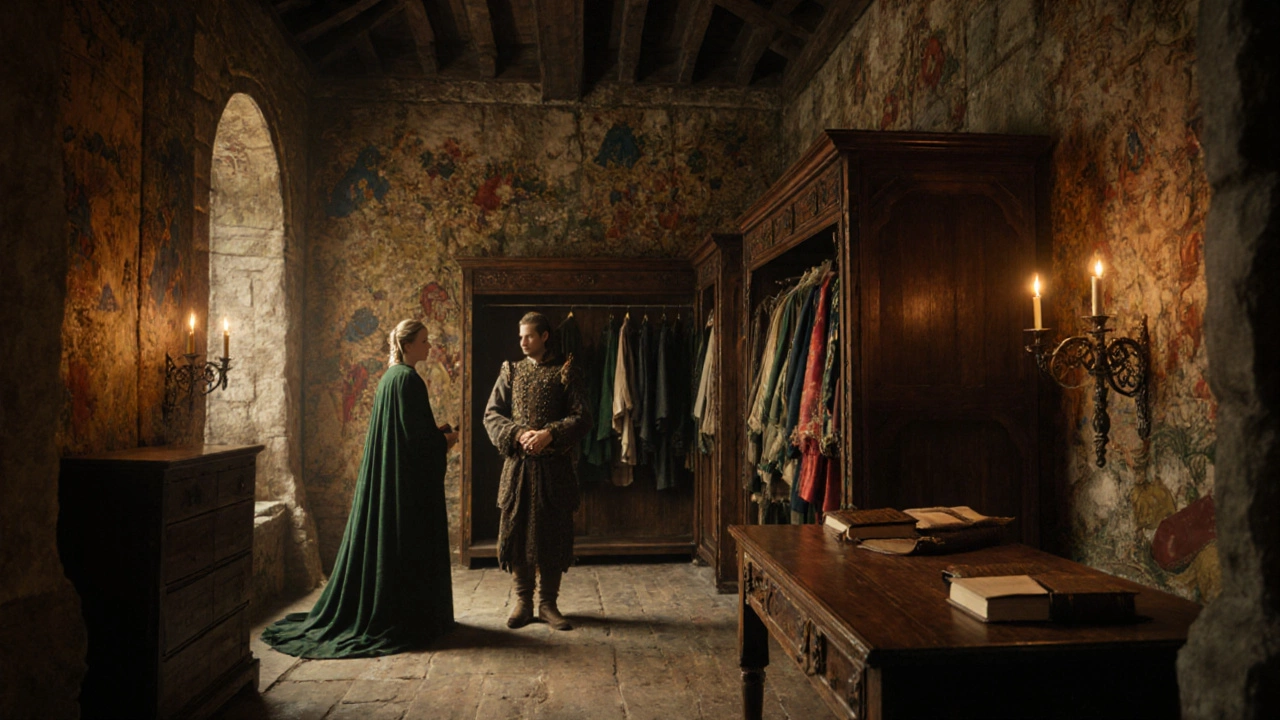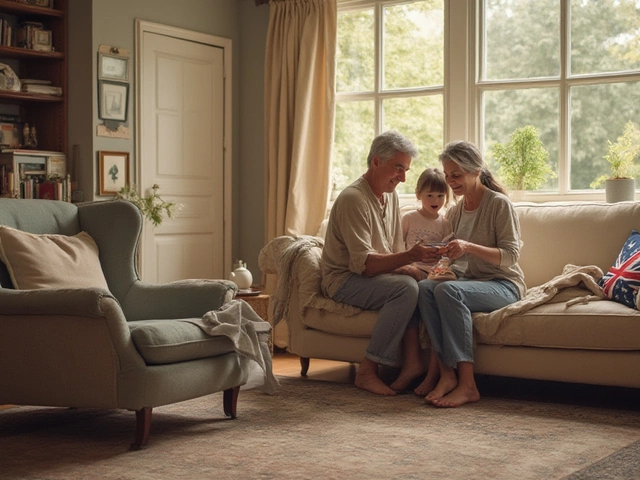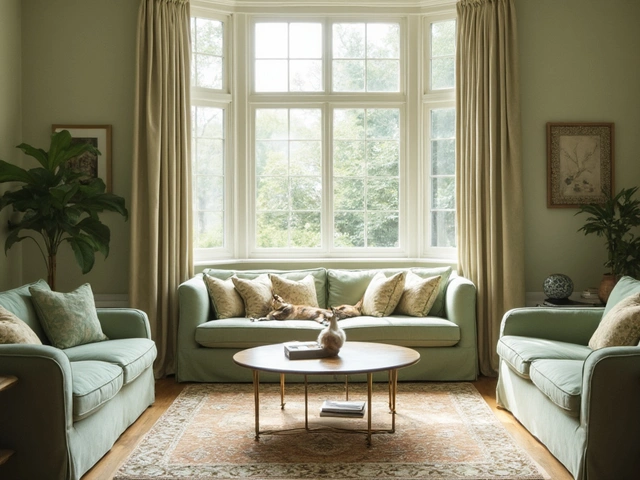Wardrobe History: How This Storage Piece Evolved Into Modern Design
When you think of a wardrobe, a freestanding piece of furniture designed to store clothing with hanging space, shelves, and drawers. Also known as closet cabinet, it has been around longer than most people realize—dating back to medieval times when nobles needed a way to protect fine fabrics from moths and damp. Unlike built-in closets, which became common in homes after the 1900s, wardrobes were mobile, custom-made, and often carved with intricate details. They weren’t just storage—they were status symbols.
The wardrobe vs closet, a key distinction in home storage. Also known as freestanding clothing unit, it’s not just about space—it’s about flexibility. A closet is part of the wall; a wardrobe moves. That’s why they became popular in apartments, rented homes, and smaller spaces where permanent fixtures weren’t an option. Even today, when people talk about clothing storage, how you organize and protect your garments. Also known as garment storage, it’s not just about hanging shirts—it’s about airflow, moisture control, and easy access.
Over centuries, materials changed from solid oak and walnut to laminates and engineered wood. Hardware evolved from heavy iron hinges to smooth sliding doors. The rise of mass production in the 1950s made wardrobes affordable for average families, not just the wealthy. Today’s wardrobes come with mirrors, built-in lighting, and even smart sensors that track what you wear. But the core idea hasn’t changed: keep clothes safe, organized, and ready to use.
Why does this matter now? Because if you’re buying a new wardrobe, knowing its history helps you spot quality. A solid frame, sturdy rails, and good ventilation aren’t just features—they’re legacy traits from centuries of design. And if you’re trying to decide between a wardrobe and a closet, understanding how each solves the same problem differently can save you money and space.
Below, you’ll find real guides on what makes a wardrobe expensive, how to pick the right one, and why some designs last decades while others fall apart in a year. No fluff. Just what works—and why.





